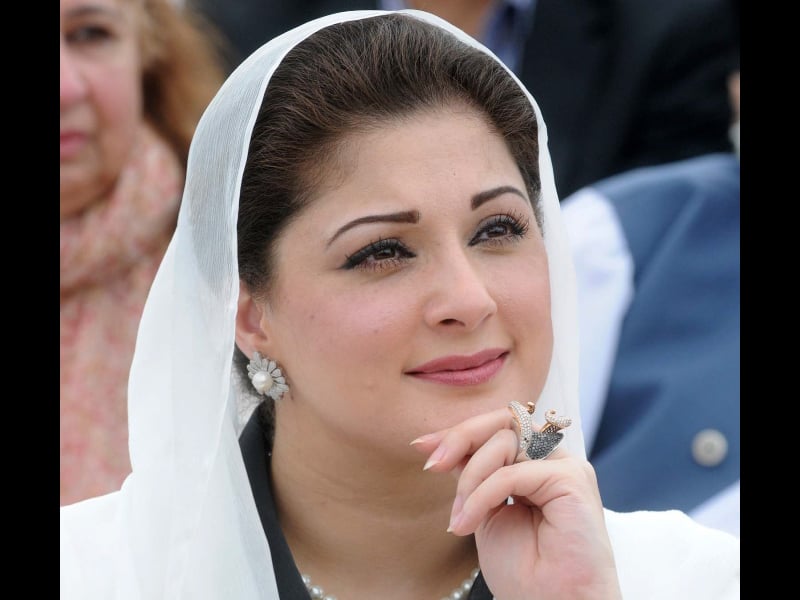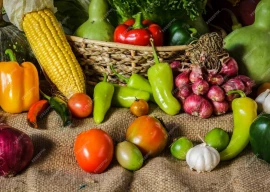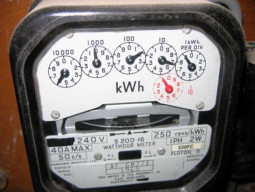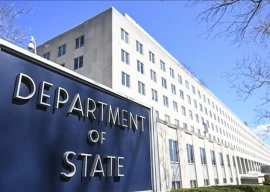
Although the relative decline in exports is marginal, it is disconcerting that exports are currently at $20 billion. On the other hand, imports have increased to above $53 billion. The trade deficit has increased more than 31% in the first quarter of FY18 over its value in the same period in the previous fiscal year.
Although imports have increased more than 22% over the aforementioned periods, the uptick in the exports was 10%. This rise is mainly due to the recently awarded temporary relief packages to exporters such as cash subsidies and payment of sales tax refunds.
According to the World Development Indicators by the World Bank, exports as a percentage of GDP for Pakistan were 8.7% in 2016, compared to the global average of 29.4% (in 2015) and 18% for the South Asian countries. Pakistan reported its lowest level since 1971 in 2016.
Country needs qualified officers to boost exports
Total trade as a percentage of GDP for Pakistan was reported at 24.5%, compared to an average of 39% for South Asian countries. As total trade includes both exports and imports, the comparison suggests that Pakistan is less open to trade, in terms of its GDP, relative to the other South Asian countries.
Pakistan imposes higher tariff rates on the import of goods, particularly imports of primary goods. According to the data on tariffs provided by the World Trade Organization (WTO), Pakistan ranks amongst the top 20 countries with the highest applied most favoured nation (MFN) tariff rates as well as bound rates on the imports of non-agricultural products. Post 2000s, lower tariff rates have become a norm and have allowed product fragmentation across international borders to flourish.
Although majority of the products imported into Pakistan face less than 10% tariff rates, a large percentage of the tariff lines report rates between 15% and 25%. Interestingly, the products commonly imported into Pakistan such as minerals and metal, petroleum, chemicals and non-electrical machinery report the lowest average MFN tariff rates. On the other hand, MFN tariff rates are higher on the imports of beverages and tobacco, dairy products, transport equipment and clothing.
The recent levy of regulatory duties is likely to be counterproductive. It may not only penalise importers who are reliant on imported inputs to remain competitive in the domestic as well as in their export markets, but also increase imports through illegal channels as is common for products typically facing higher tariff rates. In essence, it is likely to increase the costs of production and reduce the competitiveness of businesses that rely on imported raw materials and intermediate goods. Sudden deviations in tariffs may reduce the diversity of inputs necessary to boost domestic productivity levels.
Analysing the data and using product classifications from World Integrated Trade Solutions (WITS), Pakistan imposes higher tariff rates on the imports of finished goods than several other Asian countries such as China, India and Vietnam. Furthermore, Pakistan also imposes higher tariff rates on the imports of intermediate goods of textile, footwear, electronics as well as vehicles, relative to China, India and Vietnam.
Tariffs on imports of intermediate vehicles exceed those of Bangladesh as well. Higher tariff rates on intermediate goods reduce the ability of Pakistani firms to participate in global value chains, particularly if the exporters are reliant on imported intermediate goods.
On the other hand, Pakistan receives duty-free trade concessions from several of its major trading partners. For instance, the European Union provides duty-free concessions on imports of almost all non-agricultural manufacturing products from Pakistan. Similarly, China provides duty-free concessions on approximately 30% of its imports from Pakistan.
Textile industry demands reforms to further boost exports
These concessions are primarily provided to improve the competitiveness of Pakistani exports in their markets. Unfortunately, with rising costs faced by exporters, they often struggle to remain competitive and take advantage of the concessional rates offered.
Pakistan Development Update
Managing Risks for Sustained Growth, released in November 2017 by the World Bank, indicates that exports from Pakistan declined even though there was an increase in the prices and the global demand of textile products and rice in FY17. Although textile exports from Bangladesh and Vietnam benefitted, Pakistan’s textile imports declined by 2.4% in FY17. Further, it is expected that textile exports from Vietnam will increase by 7% in 2017.
It is suggested in the report that the decline in exports from Pakistan is likely a result of poor trade facilitation, lack of export diversification and protectionist and discretionary trade policies adopted by the government.
However, on a brighter note, the predicted increase reported in exports is 4.7% in FY18 and 10.50% in FY19 contingent upon macroeconomic and political stability, oil prices remaining low and the implementation of reform programmes to reduce the constraints on growth. It is indicated in the report that the industry sector will expand at 7% in FY18, primarily as a result of the completion of power and construction projects planned under CPEC.
On the other hand, it is suggested that current macroeconomic imbalances require more flexibility in the exchange rate regime as well as an improvement in the competitiveness of exports. The report predicts that a higher inflation and a weaker rupee as a result of a moderate devaluation of the rupee are likely to have a moderate impact on consumer spending and debt financing.
In essence, it is crucial to improve the competitiveness of domestic businesses by pursuing an effective trade policy regime, which emphasises on greater integration of Pakistani firms into global value chains. Cash subsidies and payment of overdue funds are only stopgap measures to temporarily boost exports and must not be relied upon as effective instruments in the long-run.
The writer is Assistant Professor
of Economics and Research Fellow at CBER, IBA
Published in The Express Tribune, November 27th, 2017.
Like Business on Facebook, follow @TribuneBiz on Twitter to stay informed and join in the conversation.




1726222798-0/Tribune-Pic-(13)1726222798-0-165x106.webp)


















COMMENTS
Comments are moderated and generally will be posted if they are on-topic and not abusive.
For more information, please see our Comments FAQ